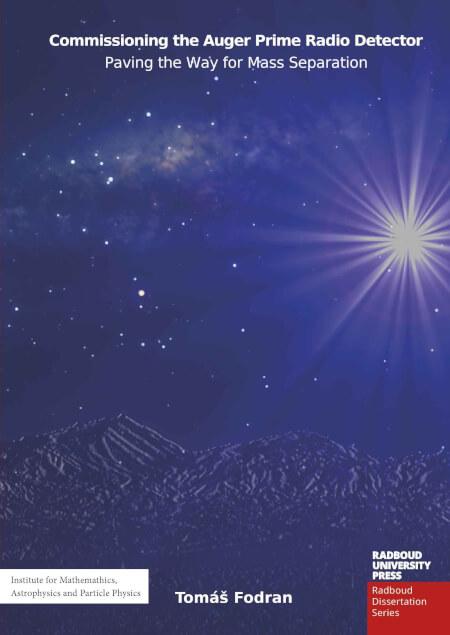Commissioning the Auger Prime Radio Detector: Paving the Way for Mass Separation
Keywords:
physics, astroparticle physics, particle physicsSynopsis
High-energy cosmic rays provide a unique window into the universe's most energetic astrophysical processes. The Pierre Auger Observatory, dedicated to studying these cosmic rays, is undergoing an upgrade called AugerPrime, aimed at enhancing its sensitivity to the primary particle types. The thesis focuses on the commissioning and performance assessment of the AugerPrime Radio Detector. Firstly, it details the background noise monitoring and the performance evaluation, both essential for accurate air shower reconstructions. Next, the thesis proceeds with a comprehensive pilot calibration of the Radio Detector using radio sky emissions while describing the calibration method in depth and exploring the effects of various factors on the calibration parameters.
The work further examines systematic uncertainties arising from mismatches between theoretical antenna models and the actual station setups, quantifying their impact on the reconstructed electromagnetic energy and energy fluence.
The thesis concludes with an analysis of the initial data. It revealed a good correlation between measured and expected number of radio event rates and satisfying agreement between measured quantities at the channel and station levels and their corresponding values from reconstructed simulations. Moreover, an investigation of the muon content in relation with the radiation energy demonstrated a promising agreement with reference data from previous studies.

Published
Series
Categories
License

This work is licensed under a Creative Commons Attribution-NonCommercial-NoDerivatives 4.0 International License.

